Year 2
The English curriculum is built around the three interrelated strands of language, literature and literacy. Teaching and learning programs should balance and integrate all three strands. Together, the strands focus on developing students' knowledge, understanding and skills in listening, reading, viewing, speaking, writing and creating. Learning in English builds on concepts, skills and processes developed in earlier years, and teachers will revisit and strengthen these as needed.
In Year 2, students communicate with peers, teachers, students from other classes and community members.
Students engage with a variety of texts for enjoyment. They listen to, read, view and interpret spoken, written and multimodal texts in which the primary purpose is to entertain, as well as texts designed to inform and persuade. These encompass traditional oral texts, picture books, various types of print and digital stories, simple chapter books, rhyming verse, poetry, non-fiction, film, multimodal texts, dramatic performances and texts used by students as models for constructing their own work.
The range of literary texts for Foundation to Year 10 comprises Australian literature, including the oral narrative traditions of Aboriginal and Torres Strait Islander Peoples, as well as the contemporary literature of these two cultural groups, and classic and contemporary world literature, including texts from and about Asia.
Literary texts that support and extend Year 2 students as independent readers involve sequences of events that span several pages and present unusual happenings within a framework of familiar experiences. Informative texts present new content about topics of interest and topics being studied in other areas of the curriculum. These texts include language features such as varied sentence structures, some unfamiliar vocabulary, a significant number of high-frequency sight words and words that need to be decoded phonically, and a range of punctuation conventions, as well as illustrations and diagrams that support and extend the printed text.
Students create a range of imaginative, informative and persuasive texts including imaginative retellings, reports, performances, poetry and expositions.
(source: www.australiancurriculum.edu.au)
Achievement Standard
Receptive modes (listening, reading and viewing)
By the end of Year 2, students understand how similar texts share characteristics by identifying text structures and language features used to describe characters and events, or to communicate factual information.
They read texts that contain varied sentence structures, some unfamiliar vocabulary, a significant number of high-frequency sight words and images that provide extra information. They monitor meaning and self-correct using knowledge of phonics, syntax, punctuation, semantics and context. They use knowledge of a wide variety of letter-sound relationships to read words of one or more syllables with fluency. They identify literal and implied meaning, main ideas and supporting detail. Students make connections between texts by comparing content. They listen for particular purposes. They listen for and manipulate sound combinations and rhythmic sound patterns.
Productive modes (speaking, writing and creating)
When discussing their ideas and experiences, students use everyday language features and topic-specific vocabulary. They explain their preferences for aspects of texts using other texts as comparisons. They create texts that show how images support the meaning of the text.
Students create texts, drawing on their own experiences, their imagination and information they have learnt. They use a variety of strategies to engage in group and class discussions and make presentations. They accurately spell words with regular spelling patterns and spell words with less common long vowel patterns. They use punctuation accurately, and write words and sentences legibly using unjoined upper- and lower-case letters.
(source: www.australiancurriculum.edu.au)
- Plus Plan
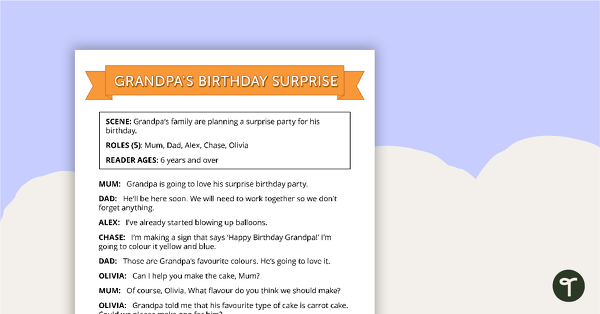
Comprehension - Grandpa's Birthday Surprise
A fun script and set of questions to help students develop reading and comprehension strategies.
- Plus Plan
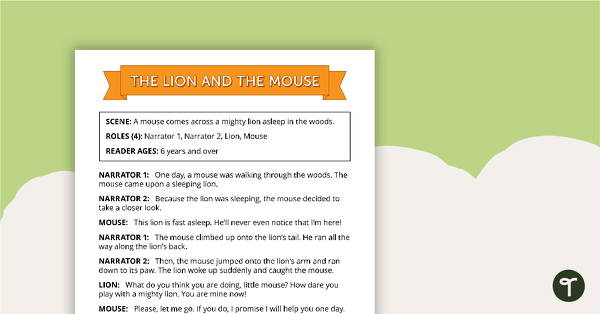
Comprehension - Lion and The Mouse
A fun script and set of questions to help students develop reading and comprehension strategies.
- Plus Plan
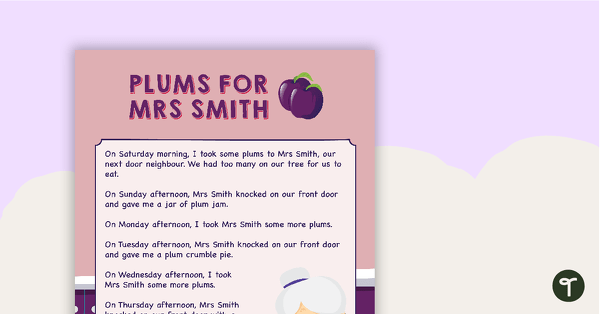
Comprehension - Plums For Mrs Smith
A comprehension activity using a recount for lower grades.
- Plus Plan
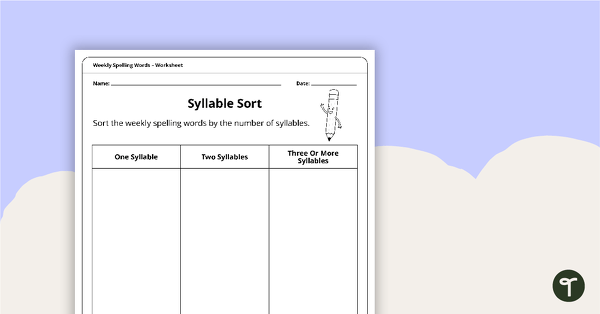
Generic Spelling Activity Worksheet Pack
A set of 6 generic spelling activity worksheets that can be used with any spelling list.
- Plus Plan
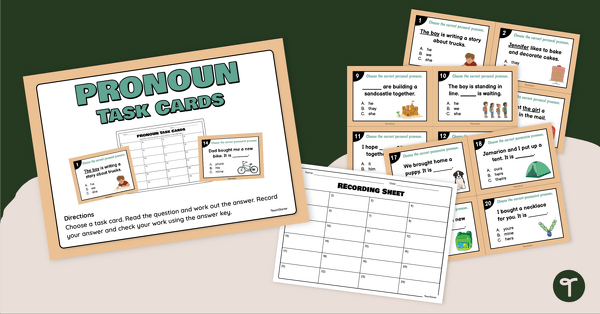
Pronoun Task Cards
Get your students to practise using pronouns with this set of task cards perfect for literacy groups.
- Plus Plan
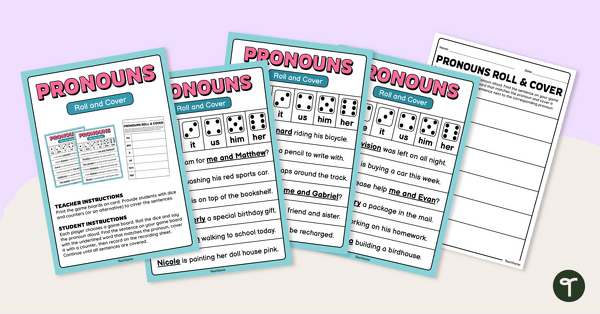
Personal Pronouns Roll and Cover Game
Use this pronouns game as a fun and collaborative way of learning about personal pronouns.
- Plus Plan
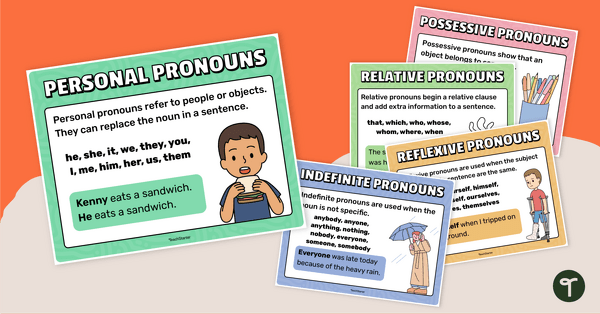
Pronouns Poster Pack
Display this set of 7 pronouns posters in your classroom to remind your students of the most common types of pronouns and their uses.
- Plus Plan
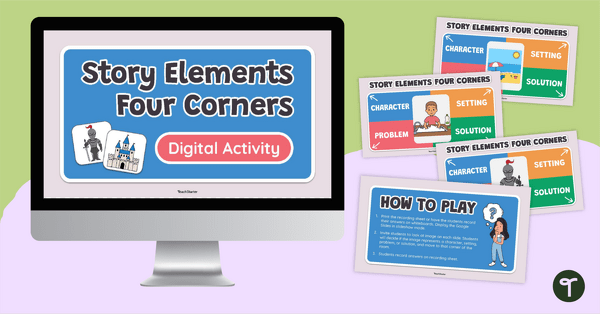
Story Elements Four Corners
Engage your students in exploring key story elements with this Four Corners activity!
- Plus Plan
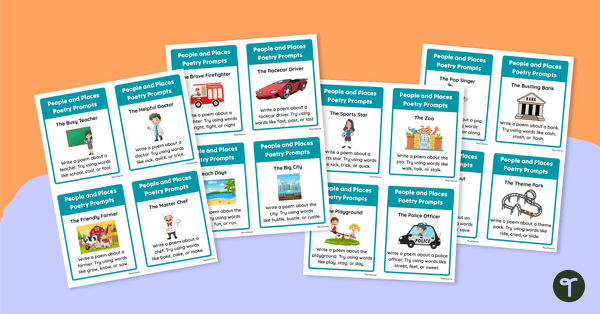
People and Places Poetry Prompt Task Cards
Use these writing prompts for poetry to help your students write simple poems about people and places.
- Plus Plan
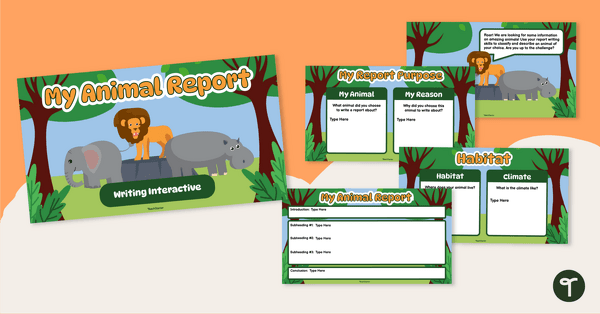
My Animal – Digital Report Writing Activity
Get your students to write an information report on an animal using this digital writing scaffold perfect for modelled and shared writing.
- Plus Plan
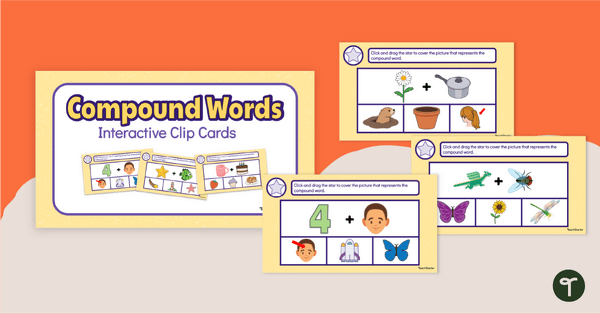
Compound Words Interactive Clip Cards
Build compound words and engage your students with a drag-and-drop digital learning activity.
- Plus Plan
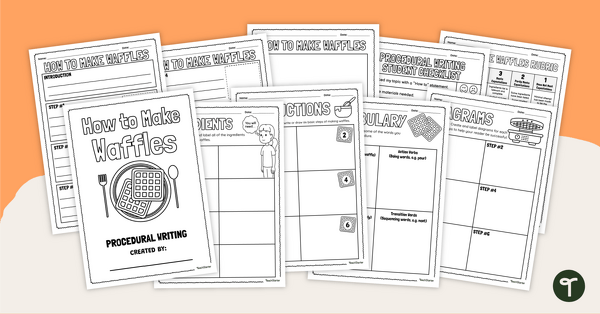
How to Make Waffles – Procedural Writing Project
Get your students writing high-quality procedure texts with this fun “How to Make Waffles” procedural writing project.
- Plus Plan
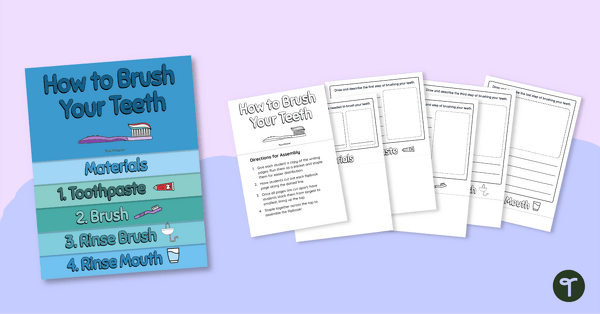
How to Brush Your Teeth Flipbook
Use this “How to Brush Your Teeth” procedural writing activity to help familiarise your students with the structural elements of procedure texts.
- Plus Plan
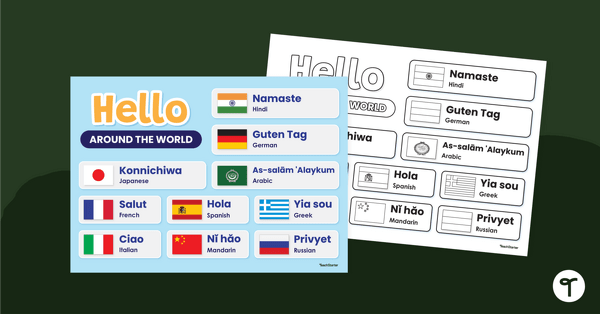
Hello Around The World Poster
This poster features 'hello' in ten different languages other than English.
- Plus Plan
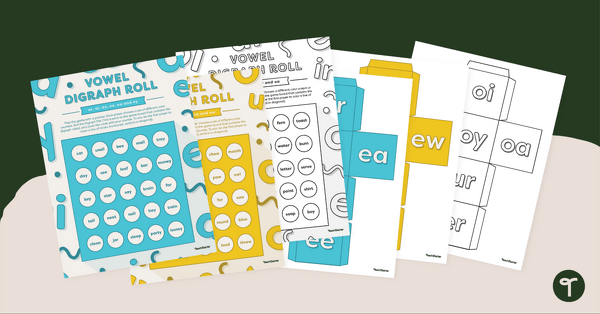
Vowel Digraph Cover Up Game
Practise vowel teams with your students with this set of three fun partner cover up games.
- Plus Plan
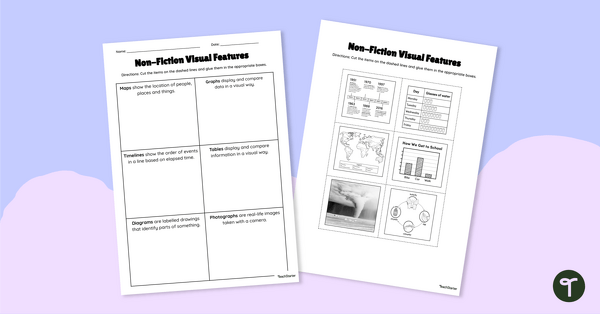
Non-Fiction Visual Features Cut and Paste Worksheet
Use this visual text features worksheet when exploring text features such as photographs, maps, charts and diagrams with your students.
- Plus Plan
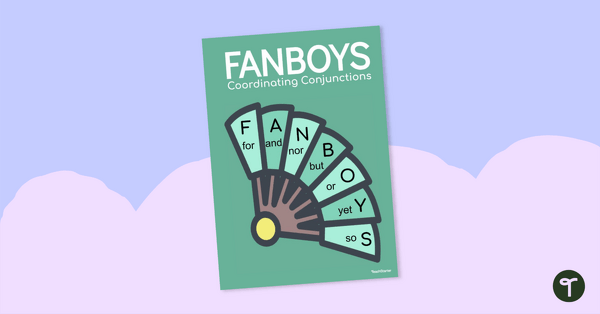
FANBOYS Poster for Teaching Coordinating Conjunctions
Display this grammar poster in your classroom to help students choose appropriate coordinating conjunctions using the acronym FANBOYS.
- Plus Plan
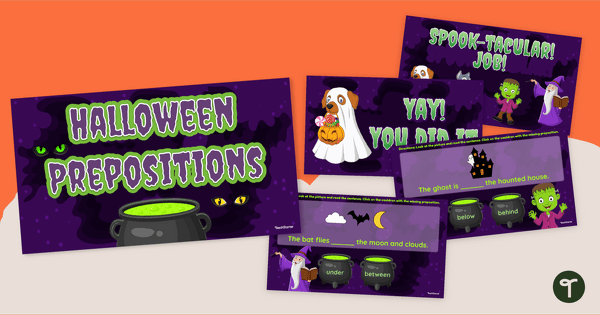
Interactive Halloween Preposition Game
Use this interactive Halloween preposition game to review some spooky grammar skills.
- Plus Plan
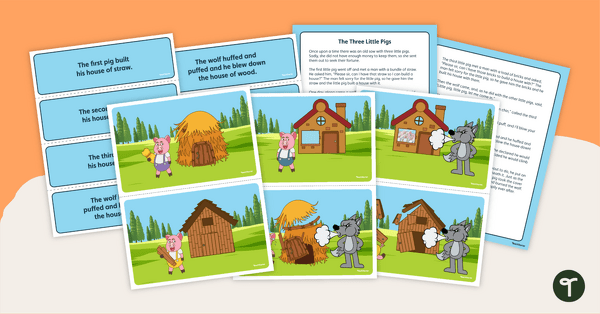
Three Little Pigs Retelling Activity Cards
Teach your students about retelling with this set of sequencing cards for The Three Little Pigs.
- Plus Plan

Prefix Crossword Puzzle Worksheet
Review vocabulary skills and boost your students’ knowledge of prefixes with a printable crossword puzzle.
- Plus Plan
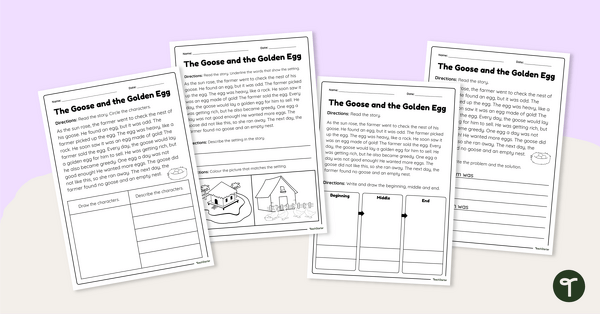
Story Elements Worksheets – The Goose and the Golden Egg
Practise identifying the story characters, settings and main events with this set of worksheets based on a traditional tale.
- Plus Plan

Story Elements Worksheets – The Fox and the Grapes
Practise identifying the story characters, settings and main events with this set of worksheets based on a traditional tale.
- Plus Plan
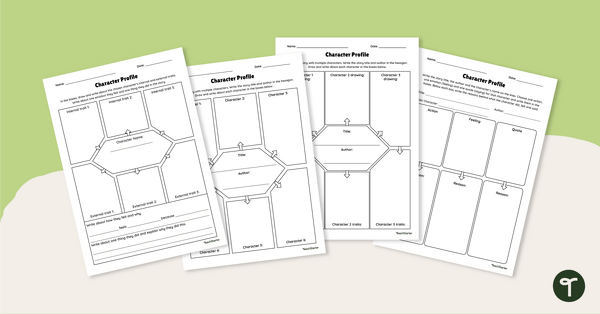
Character Profile - Graphic Organisers
Explore the internal and external traits of story characters with a set of differentiated graphic organisers.
- Plus Plan
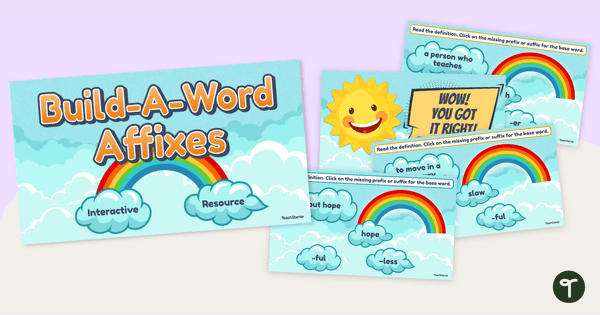
Rainbow Affixes - Prefix and Suffix Interactive
Define words with prefixes and suffixes with a self-checking interactive game!
- Plus Plan
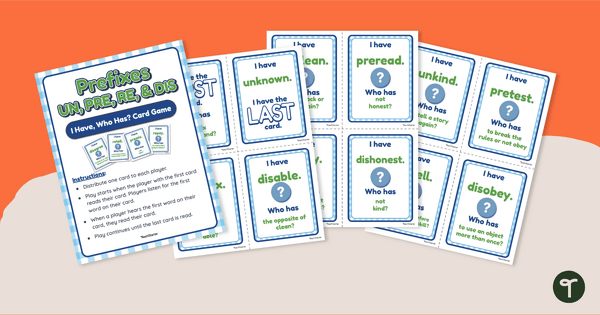
I Have, Who Has Prefix Game
Play an exciting game to help your students identify and define words with the prefixes - pre, re, un, and dis.
- Plus Plan
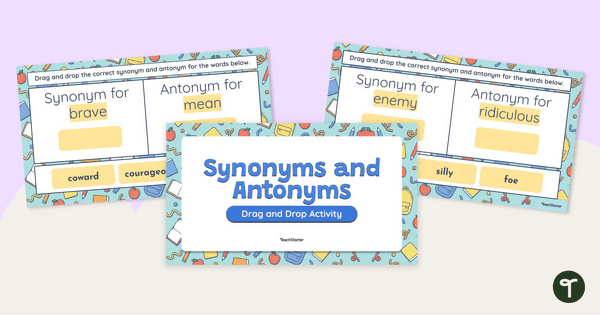
Synonyms and Antonyms - Digital Sorting Activity
Identify synonyms and antonyms with an interactive, drag-and-drop sorting activity.
- Plus Plan
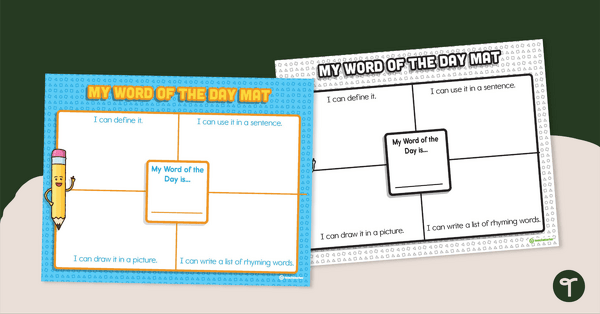
My Word of the Day Mat
A fun worksheet to use in the classroom when building vocabulary.
- Plus Plan
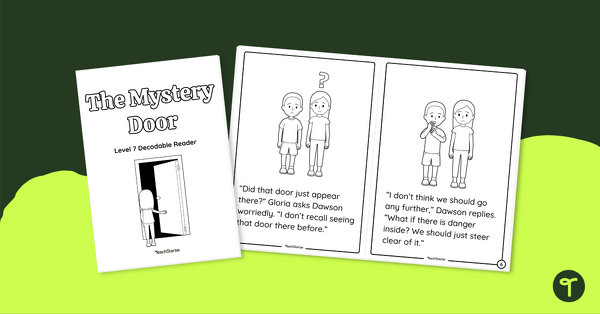
The Mystery Door - Decodable Reader (Level 7)
Develop confident, successful readers with this phonics-based, printable decodable book.
- Plus Plan
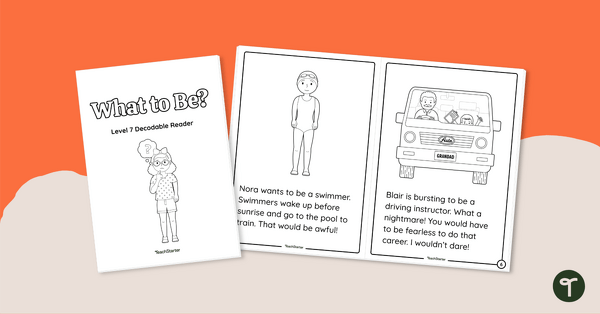
What to Be? - Decodable Reader (Level 7)
Develop confident, successful readers with this phonics-based, printable decodable book.
- Plus Plan
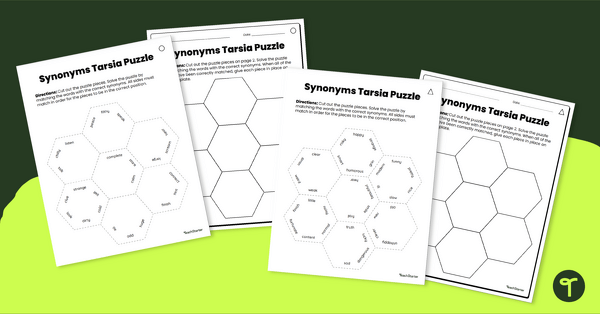
Synonyms Tarsia Puzzle
Have fun building vocabulary skills with a printable synonyms tarsia puzzle activity.
- Plus Plan
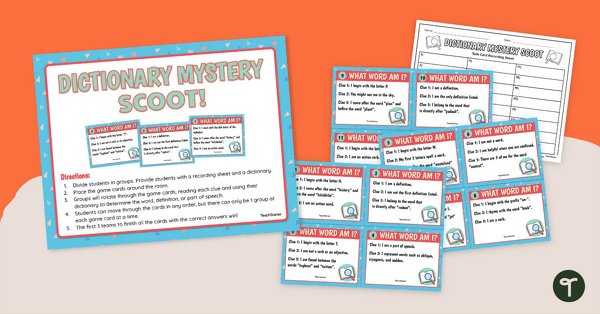
Dictionary Mystery Scoot Game
Practise dictionary skills with your students with this active game.
- Plus Plan
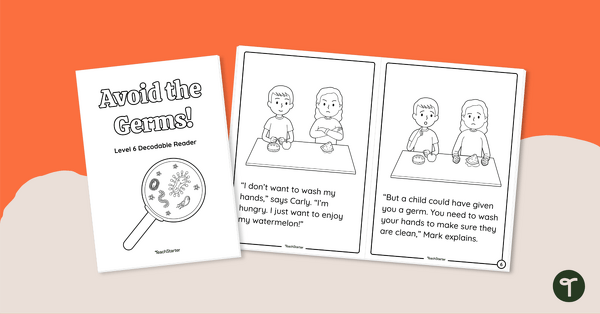
Avoid the Germs! - Decodable Reader (Level 6)
Develop confident, successful readers with this phonics-based, printable decodable book.